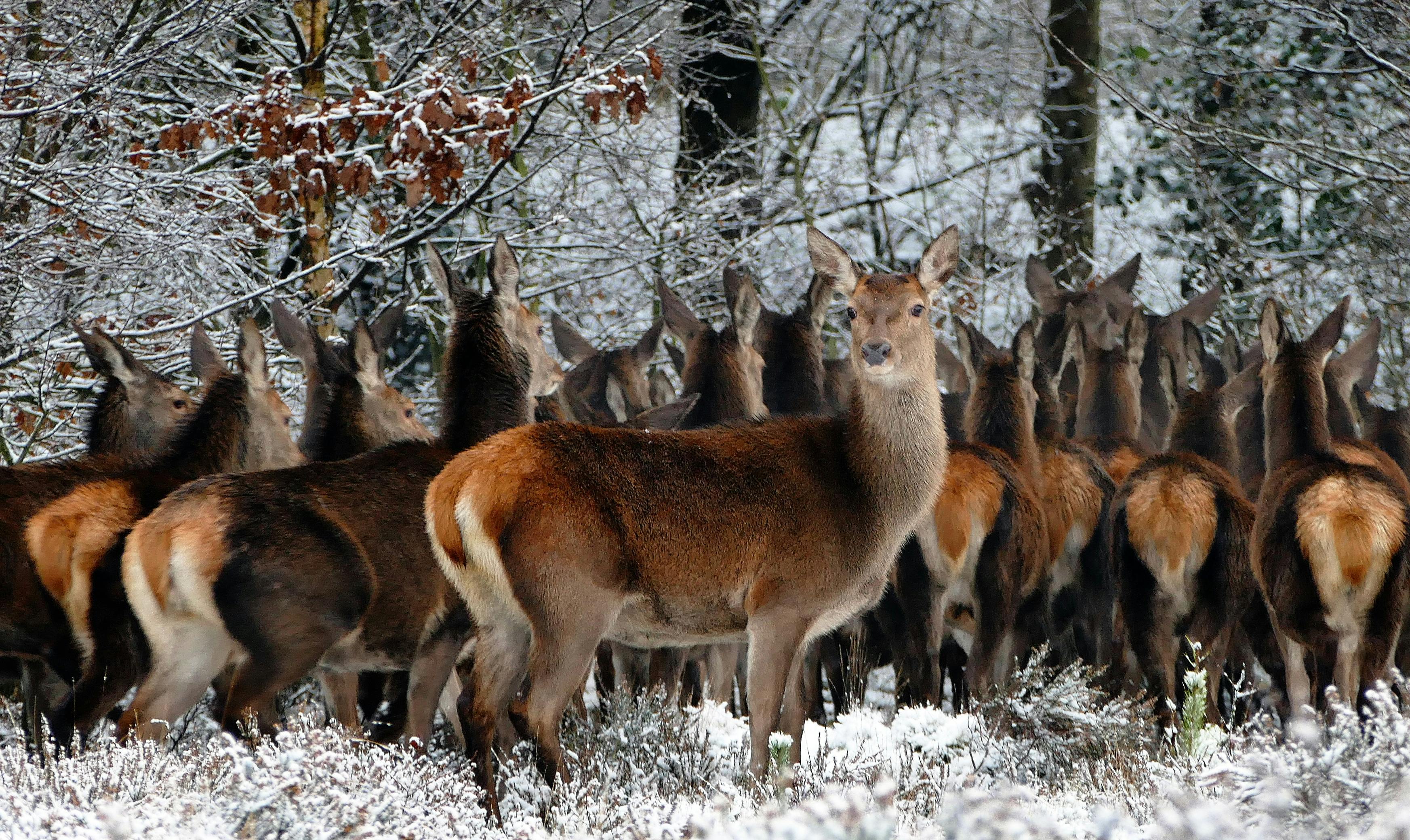Distillation is a process used to separate components of a mixture based on their different boiling points. This process has been used for centuries to create and refine products such as alcohols, essential oils, and pure water. Distillation works by heating the mixture to its boiling point, condensing the vapors that are produced, and collecting the separate components. By controlling the temperatures and pressures of the distillation process, different components can be selectively collected. In this article, we will discuss how distillation works and its various applications.Distillation is the process of separating a liquid mixture into its individual components based on their different boiling points. It is an effective method used to purify liquids, such as water or alcohol, by heating the mixture to its boiling point and then collecting and condensing the resulting vapor.
Distillation
Distillation is a process used to separate the components of a liquid mixture by heating the mixture to its boiling point. The vaporized components are then condensed and collected in a separate container, allowing for the separation of the mixture into its individual parts. Distillation is used in a variety of industries, from production of industrial chemicals to food and beverage production. It can also be used for purifying water or creating essential oils and perfumes. There are several different types of distillation that can be used depending on the purpose and material being distilled.
Fractional Distillation
Fractional distillation is one of the most commonly used methods of distillation and involves heating a liquid mixture to its boiling point. As it evaporates, each component in the mixture has a different boiling point, so they will vaporize at different temperatures. The vaporized components are then cooled in a fractionating column and condensed into their respective containers. This method can be used to separate two or more liquids with very similar boiling points.
Steam Distillation
Steam distillation is similar to fractional distillation but uses steam instead of just heat. This method is often used when dealing with delicate materials or materials that would decompose due to high temperatures. The steam helps to gently extract the volatile compounds from the material being distilled without damaging them, allowing them to be collected in their pure form.
Molecular Distillation
Molecular distillation is a process that uses vacuum pressure and high temperatures to separate molecules from each other based on their molecular weight. This method is usually reserved for materials that are too large or volatile for standard distillation processes and requires specialized equipment such as short-path distillers.
Vacuum Distillation
Vacuum distillation is similar to standard fractional distillation but requires less energy since it takes place under reduced pressure. This allows for lower boiling points which makes it easier to separate compounds with very close boiling points, such as alcohols and water.
Cryogenic Distillation
Cryogenic distillation is an efficient method of separating liquids at unusually low temperatures, typically around -150°C (-238°F). This process involves cooling down a liquid mixture until it becomes solid, then using either mechanical means or sublimation (a process whereby solids turn directly into gases) to separate out individual components based on their melting points.
The Benefits of Distillation
Distillation is a process used to separate and purify liquids by heating them and then condensing the vapor that is produced. It has been used for centuries and is still widely used today. The benefits of distillation are numerous, from producing pure water to creating essential oils and spirits.
One of the most important benefits of distillation is its ability to produce pure water. By re-condensing the vapor produced during the process, the impurities in the original liquid are removed, leaving behind clean, pure water. This makes it an invaluable tool for providing potable water in areas where access to clean drinking water is limited or non-existent.
Another benefit of distillation is its use in producing essential oils and spirits. By boiling off volatile compounds such as alcohols, esters, aldehydes, and terpenes, distillation can be used to concentrate these compounds into products such as perfumes and food flavorings. Similarly, it can be used to create various types of alcoholic beverages such as whiskey and vodka.
Finally, distillation can also be used for analytical purposes such as identifying chemicals in a mixture or determining their relative amounts in a sample. By separating pure components from mixtures using different boiling points, scientists can determine what chemicals are present in a sample without having to analyze each component individually.
Overall, distillation offers many benefits that make it an invaluable tool for providing clean drinking water, creating essential oils and spirits, and performing analytical tests. Its versatility makes it one of the most commonly used processes in chemistry today.
Fractional Distillation
Fractional distillation is a process of separating different components in a mixture through their differing boiling points. It is based on the principle that different compounds boil at different temperatures and the vapor that is produced can be condensed and collected. Fractional distillation is used to separate a wide range of mixtures, from crude oil to distilled spirits. The process begins with heating the mixture until it boils, and then collecting and condensing the vapor as it rises from the mixture. As the temperature continues to rise, different components of the mixture will start boiling off at different temperatures, allowing them to be collected separately. This process can be repeated multiple times, allowing for very precise separation of components in a mixture. Once separated, these components can then be further purified and used in various applications. Fractional distillation is an essential process for many industries, including petrochemical and pharmaceutical industries.
Fractional Distillation
Fractional distillation is a process used to separate a mixture of liquids that have different boiling points. It is one of the most common methods used in industrial and laboratory settings to separate mixtures of liquids. The process involves heating the mixture until the components vaporize, and then condensing the vapor back into a liquid form. The individual components are then collected in different containers. This method of distillation can be used to separate mixtures that contain two or more components with significant differences in their boiling points. Fractional distillation is an essential tool for refining crude oil, which is a mixture of many different hydrocarbons with varying boiling points. It is also used in the production of liquid fuels such as gasoline and jet fuel.
The basic principle behind fractional distillation is simple: when heated, each component of a mixture will vaporize at its own specific temperature, which is known as its boiling point. By controlling the temperature during distillation, it is possible to separate each component from the mixture. In fractional distillation, the heated mixture is passed through a fractionating column, where it encounters various levels of cooling from top to bottom. As it passes through the column, different components will condense at different heights within the column due to their individual boiling points. This allows for separation of the various components based on their boiling points. The condensed vapors are then collected in separate containers for further processing or use.
Fractional distillation has a wide range of applications due to its ability to effectively separate mixtures into individual components with varying boiling points. In addition to refining crude oil and producing liquid fuels, it is also used in water purification systems, alcohol distilleries and laboratories for chemical analyses. It is an essential tool for chemists who need to precisely measure and analyze chemicals with varying boiling points.

Steam Distillation
Steam distillation is a process used to separate and purify substances from a mixture. It is based on the different boiling points of components in the mixture. The mixture is heated and the vapors are collected and condensed. The components with higher boiling points will remain liquid, while those with lower boiling points will be vaporized and rise into the steam. The steam containing the vaporized components is then cooled, condensing it back into a liquid form which can then be easily separated from the other components in the mixture. Steam distillation is commonly used to extract essential oils, flavors, and fragrances from plants, as well as to separate various chemicals from mixtures.
What is Steam Distillation?
Steam distillation is a method of separating mixtures of liquids that have different boiling points. This method takes advantage of the fact that many compounds will vaporize at lower temperatures when exposed to steam. The two components of the mixture are then separated by condensing the vapor back into liquid form. The process of steam distillation has been used for thousands of years and is still used in many industries today.
How Does Steam Distillation Work?
Steam distillation works by exposing a mixture of liquids to steam, which causes some of the components to vaporize. As the steam rises, it carries with it the volatile molecules from each component, which can then be separated from one another. Once these molecules reach the top of the system, they are cooled and condensed back into liquid form, allowing them to be collected separately. The process can be repeated multiple times if needed to achieve higher levels of purity.
It is important to note that steam distillation relies on differences in boiling points between different compounds in order to work properly. If two compounds have similar boiling points, then it may not be possible to separate them using this method. Additionally, some compounds may decompose or react when exposed to high temperatures and/or pressures, making them unsuitable for this type of separation technique.
Vacuum Distillation
Vacuum distillation is a process of distillation that is performed under reduced pressure. This method of distillation is used when the boiling point of the material to be distilled is too high to be achieved in a normal atmospheric pressure environment. It is also used when the material has a tendency to decompose or polymerize at normal pressures and temperatures. Vacuum distillation can be used to separate and purify liquids with different boiling points that would not normally separate at atmospheric pressures. In some cases, vacuum distillation can be used to separate mixtures that would not normally be possible with other methods of separation. Vacuum distillation also allows for higher temperatures, which can speed up the process of separation and purification.
The process of vacuum distillation involves a container, called the still, which contains the material to be distilled. The still is heated externally while being connected to a vacuum pump, which reduces the pressure inside the still. This reduction in pressure causes the boiling point of the material in the still to decrease, allowing it to evaporate more readily than it would at atmospheric pressure. The vaporized material then travels through condenser coils, where it cools and condenses back into liquid form, which can then be collected for use or further processed.
Vacuum distillation is an important tool for many industries, including pharmaceuticals and petrochemicals. It allows for quick and efficient separation and purification of materials that would otherwise require more time-consuming methods. Vacuum distillation also helps reduce energy consumption since lower temperatures are required compared to other types of separation processes.

Conclusion
Distillation is a process that is used to purify or separate liquids by boiling them and then condensing the vapors. It has been used for centuries to produce alcoholic beverages, essential oils, and other products. The process of distillation involves heating a liquid until it boils, then collecting and cooling the vapor produced. This vapor is then condensed back into a liquid form, which contains the desired pure components. Distillation is an effective way to separate liquids when their boiling points differ significantly. It can also be used in combination with other methods such as filtration or chromatography for more specific separations. Overall, distillation is a valuable tool for separating mixtures of liquids and producing pure substances.

